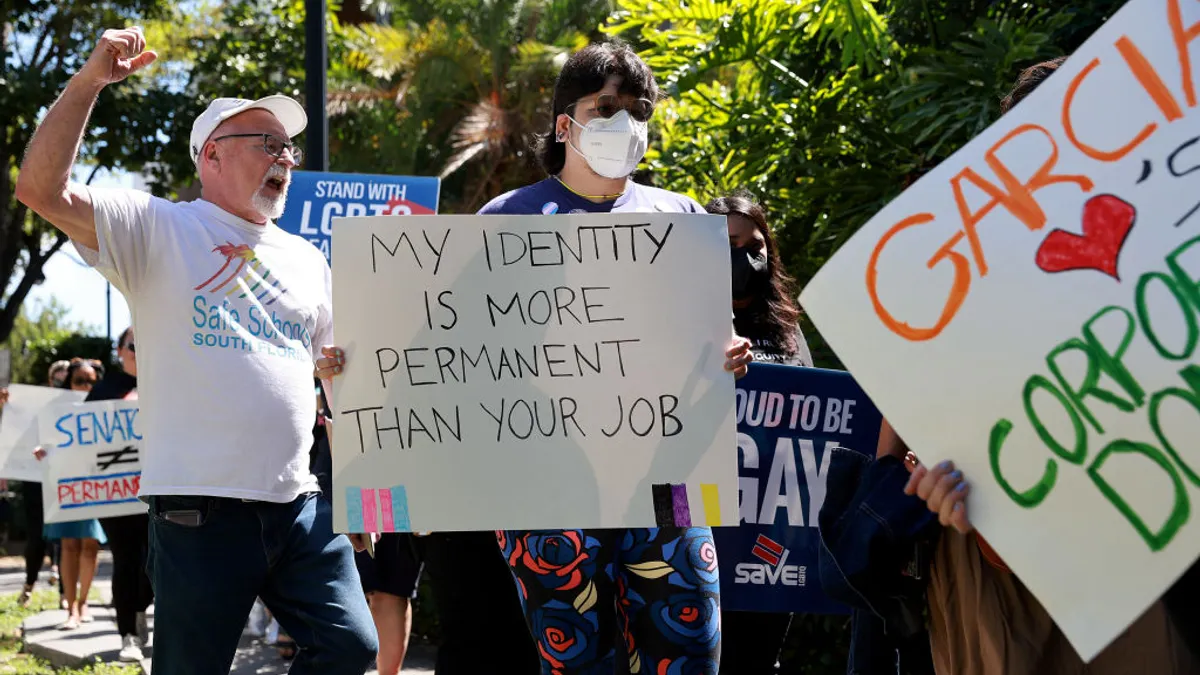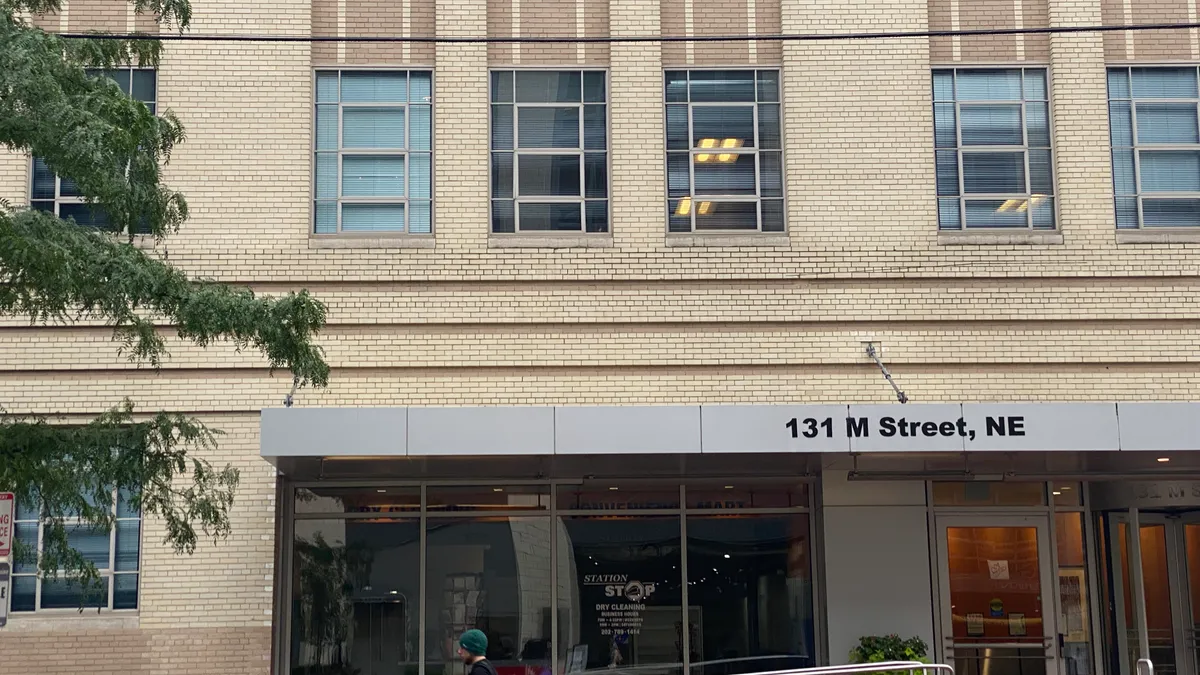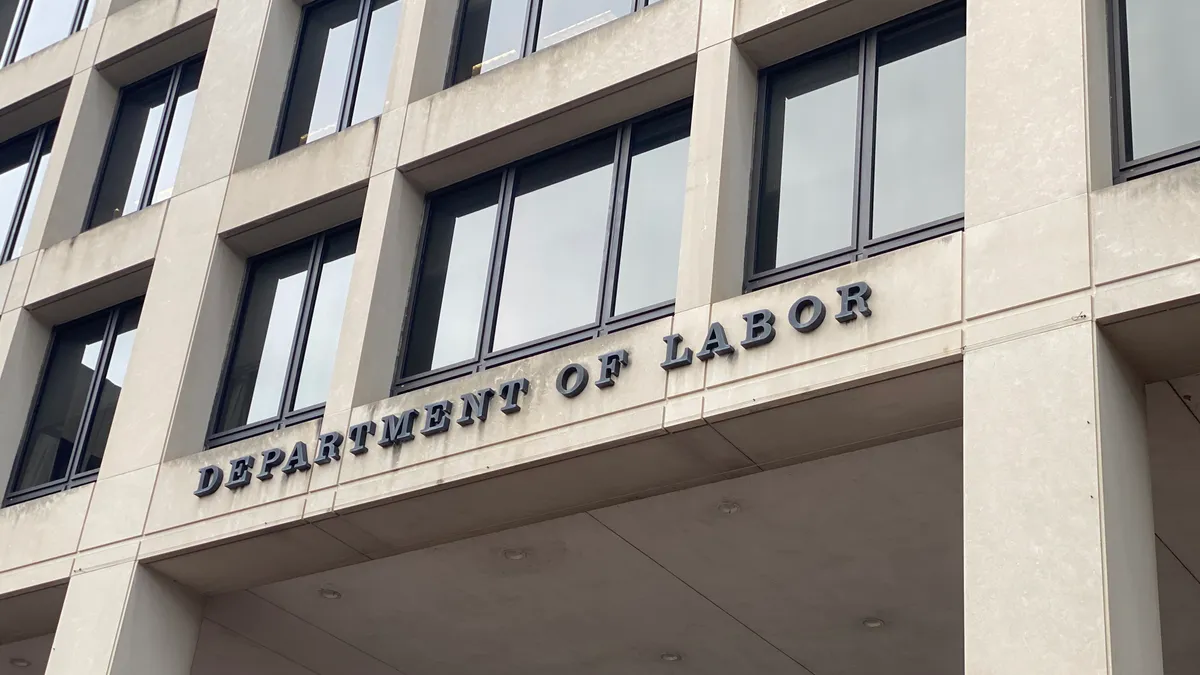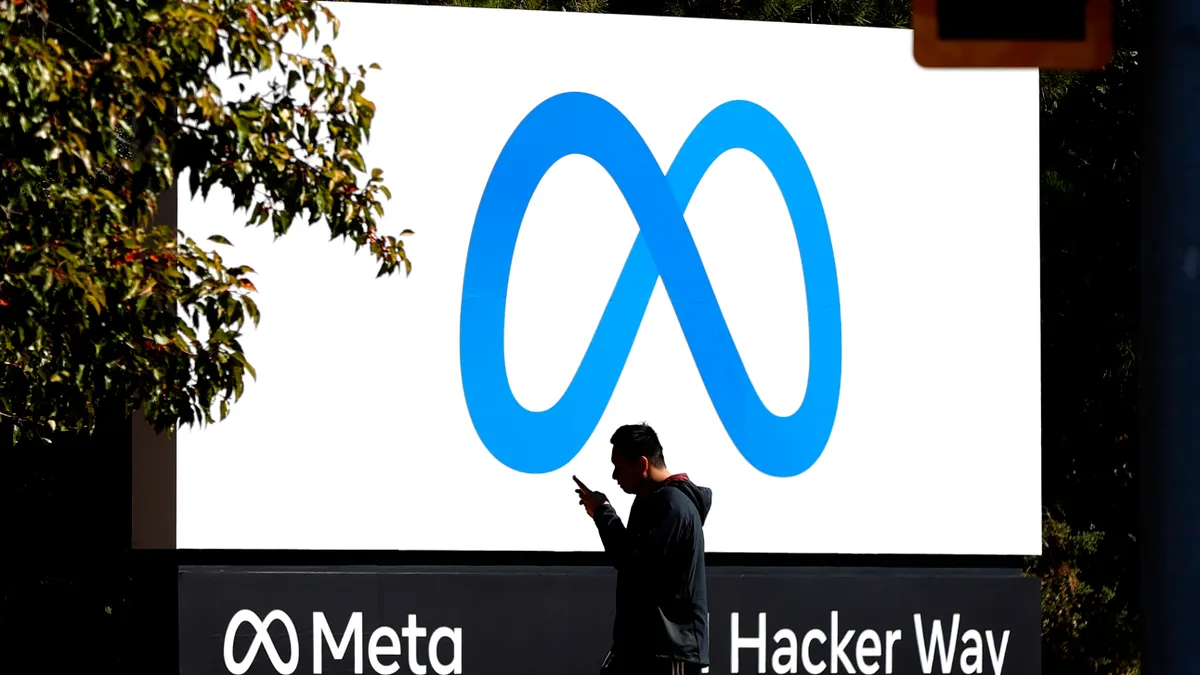The federal government generally encourages employers to make use of E-Verify, a web-based system that allows businesses to confirm the eligibility of their employees to work in the U.S.
Today, use of the system is largely voluntary, with the exception of employers with certain federal contracts or subcontracts; employers in a handful of states that require E-Verify; and employers that are required to participate as a result of a legal ruling.
But under the previous administration, the government launched an "I E-Verify" campaign to try to encourage others to participate; and President Donald Trump has proposed a mandate. Just last week, Sens. Chuck Grassley (R-IA) and Lamar Smith (R-TX) in an op-ed called on the administration and congressional leaders to "commit to making mandatory E-Verify part of any immigration reform proposal."
"At a minimum," they wrote, "any reform legislation should contain a permanent authorization of the current voluntary verification program, incentives for employer participation, legal immunity for using the E-Verify system, and information sharing between [the U.S. Social Security Administration (SSA) and the U.S. Department of Homeland Security (DHS)]."
In the meantime, however, employers must carefully weigh their options in deciding whether to use E-Verify, the experts say.
Concerns to consider
Specifically, E-Verify confirms "the identity and employment eligibility of newly hired employees by electronically matching information provided by employees on the Form I-9, Employment Eligibility Verification," against SSA and DHS records, the feds say.
Employers should note that DHS has created a monitoring and compliance division for E-Verify, said attorney Leigh Ganchan, a shareholder with the Houston office of Ogletree, Deakins, Nash, Smoak & Stewart, P.C. “It has officers who watch the data that’s entered behind the scenes. If they see a pattern of what they consider to be errors, they contact the employer and generally try to educate” the employer about the problems they’re seeing, she told HR Dive.
For example, said Ganchan, employers are generally not allowed to create duplicate cases for the same employee. One exception to this would be a rehire of the same person; in that situation, it would be permissible to create a new I-9 and run the person through E-Verify again. “But if not, that would be something they would work to figure out what’s going on.”
Importantly for employers, while the monitoring and compliance division cannot currently assess any penalties, “they have admitted that that’s something they want to be able to do to make employers hop to it in terms of compliance,” Ganchan said. “As more employers use it and possibly, if it becomes mandatory, the M&C division will get the ability to assess fines.”
The federal government has held E-Verify out as a good thing, said Theda Fisher, a partner with the New York office of Withers Bergman LLP, as it will allow you to check the eligibility of incoming employees. "But there is a belief that the government may be mining the info, which could lead to audits or inspections of I-9s,” she told HR Dive; “I don’t generally advise clients to use E-Verify unless they are required to.”
Additionally, once enrolled in E-Verify, employers must use it for all new hires, Fisher said. This is a particular concern for large organizations: "Maybe someone had enrolled them but not wanted to commit to using it. There are penalties if you are enrolled but not using it." Not sure if this applies to you? You can check on the E-Verify website.
Benefits of the program
There are certainly reasons why an employer might want to use E-Verify. First, there's the obvious one: Improved employment eligibility checks.
It's also one of several requirements employers must meet to make use of a program for hiring foreign national recent grads in STEM fields, Ganchan noted.
And, while it's not without flaws, some previous concerns are being addressed. "Occasionally the E-Verify system produces incorrect results, reporting that an individual is not authorized to work when the person truly is authorized," according to Susan Cohen, founder and chair of the immigration practice at Mintz Levin Cohn Ferris Glovsky and Popeo PC. But "USCIS has recently updated and modernized the E-Verify system and database, making it more user-friendly for employers and employees to access," she told HR Dive via email.
"When E-Verify first started, government records hadn’t been well-uploaded into the government computer system — hadn't kept up with private industry computer systems," Ganchan said. "Early users kept getting fault reports. They had to send new employees to Social Security or the local immigration office" to correct mistakes, which was costly and time-consuming. "Born-and-raised U.S. citizens were having a fit," she said.
But now the "data has been improved quite a bit and tech glitches in the online system have been cured recently." Now, for example, employers get real-time feedback on potential errors, Ganchan said. A transposed number would previously have resulted in a tentative non-confirmation, but "now, you get real-time feedback if something seems off," she said; "This has reduced a lot of error finding."
Best practices
Because of the potential for incorrect results, employers need to employ someone trained in the legal requirements associated with participating in the program to ensure the employee does not engage in any unfair or illegal employment practices, according to Cohen.
She also suggested that employers train more than one employee in E-Verify compliance, as a backup. "Employees with I-9 and E-Verify responsibility should receive trainings and learn about related legal requirements at least once a year," she said.
Another best practice, Fisher said, is to "be very thorough that documents are entered accurately into the system; this is the only way to try to pre-empt any issue with a name match." Additionally, "employers should contact qualified legal advisors," she said; "These are very complex issues that don’t always have a straightforward/easy answer if violations are found later."
Retaining appropriate counsel can help, too. "Inevitably, employers enrolled in the program will face situations (mismatched employee documents or data)," Cohen wrote. "They would be well served to consult counsel who can guide them through the situation to ensure they comply with the stringent legal requirements associated with the program."
Finally, employers may want to think about what compliance might require, should the program be mandated for all employers. "At some point, they will probably try to make [E-Verify] mandatory across the nation," Ganchan said; "Long-term, this is something the federal government really wants." Cohen concurred: "If Congress ever passes a comprehensive immigration reform bill, it is widely expected that E-Verify will become mandatory for all U.S. employers."
This could require some additional resources, especially for smaller employers. "Given the position of the current administration, I could see it becoming mandatory for all employers," Fisher said, "but this would be a hard thing to roll out — a bit of a challenge for a lot of small employers."




















